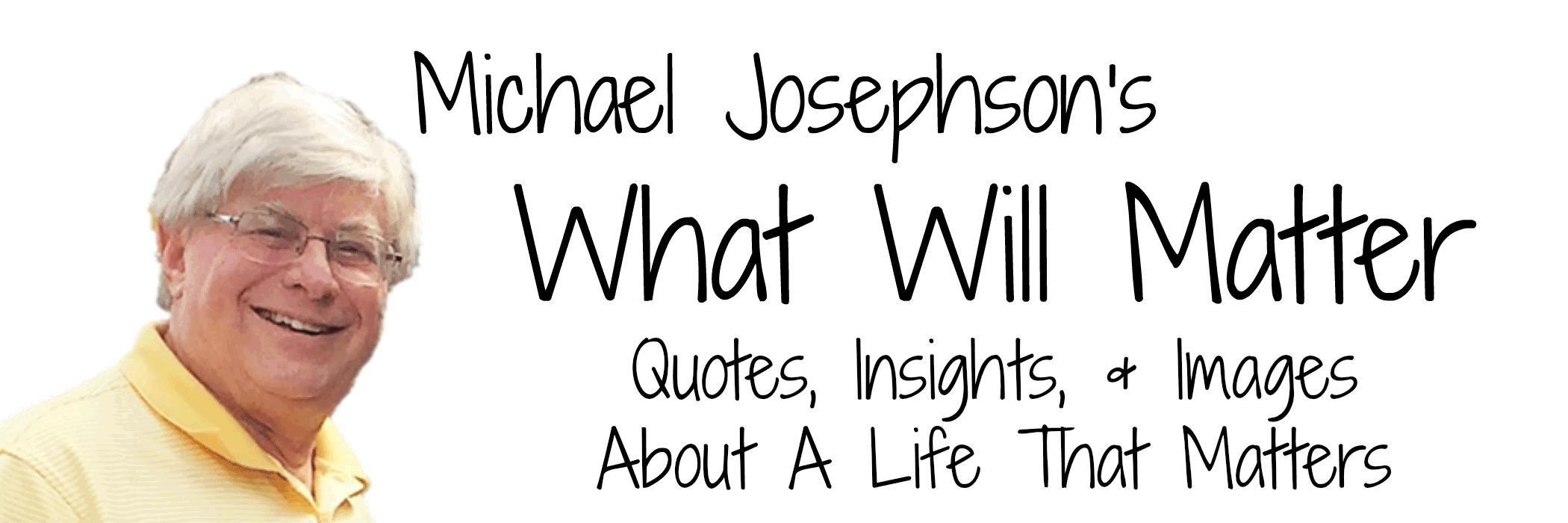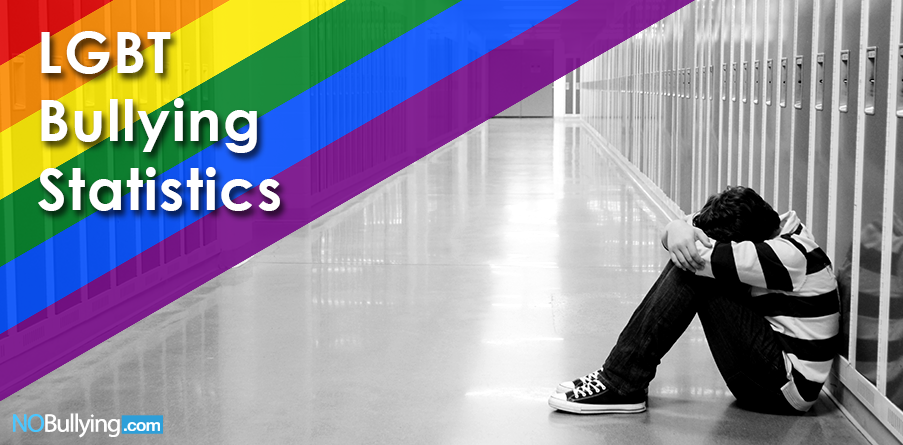Despite attitudes to LGBT people slowly changing across the US and worldwide, there is still a very tough path ahead for most people who identify as LGBT.
This article is a run-down of some of the most significant LGBT bullying statistics.
LGBT youth frequently deal with bullying in the form of harassment, violence, and attacks. Studies have shown that LGBT students constantly received bigoted verbal abuse such as name-calling like homo, fag or sissy more than two dozen times per day.
During 2005 the Gay, Lesbian & Straight Education Network (GLSEN) conducted a study concluding that appearance was the number one reason for bullying. The second most common reason was actual or assumed sexual orientation and gender identity. According to a 2007 study by GLSEN, 86 per cent of LGBT youth report being harassed at school. This ratio is very high when compared to 27 per cent of all students being bullied at school, as reported by the National Center for Educational Statistics in 2013.

GLSEN reports on one trans-gendered youth who sought to defend herself against bullies. She reported the bullying to the vice-principal who did nothing to stop the bullying, which had gone on for two years. When the school took no action, a fight broke out between her and three other girls. All the students received suspension, but the trans-gendered youth was the only one charged with criminal assault, even though the school said she was a victim in the incident.
In 2013 two experts from Columbia University reported that LGBT bullying statistics improved when school policies against bullying included LGBT youth.
LGBT students and Cyber Bullying
LGBT bullying statistics show they suffer from more cyber bullying. According to GLSEN and BullyingStatistics.org:
- 42 per cent of LGBT youth have experienced cyber bullying
- 25 per cent more than once
- 35 per cent receive online threats
- 58 per cent say something bad is said to them or about them online
- Cyber bullying of LGBT youth is three times higher than other student’s experience.
- 33 per cent report sexual harassment online, which is four times higher than the experience of other students.
- 27 per cent of LGBT youth do not feel safe online.
- 20 per cent report receiving harassing text messages from other students.
Cyber bullying combined with bullying at school lowers self-esteem, which affects grades and mental health. 50 per cent of all youth do not understand that discriminatory language is offensive, nor do they realize the negative impact on LGBT youth. GLSEN also found that LGBT youth spend more time online than youth in general. LGBT youth make friends online, and use the Internet to gather information about sexuality and health including information about HIV/Aids. LGBT youth are twice as likely to participate in political activities as other youth, making these connections online also. Because LGBT youth spend more time online, they are more likely the targets of cyber bullying.
LGBT Youth Think More About Suicide
- LGBT teenagers are two or three times more likely to attempt suicide than other teens.
- If the family of the LGBT youth does not accept them,they are eight times more likely to commit suicide than other teens.
- One-third of the suicide attempts that actually result in death are due to a crisis in sexual identity.
- LGBT youth miss more than five times as much school as other students because of bullying they receive at school.
- 28 per cent of LGBT youth stop going to school because of being bullied.
GLSEN statistics show that students who experience bullying feel depressed, anxious and may have other health problems. Students, mistakenly identified as LGBT by their peers, suffer just as much as LGBT students do. Bullied LGBT students, who feel their school is unsafe, get lower grades, have worse attendance records, and are more likely to drop out of school. LGBT students have a disproportional amount of disciplinary problems that keep them out of school and make up 15 per cent of those incarcerated in juvenile detention. It is no wonder that the suicide rates are higher due to all these negative influences.
LGBT Youth Have More Problems
The Division of Adolescent and School Health, National Center for Chronic Disease Prevention and Health Promotion (CDC) published a study in 2011, showing that LGBT youth have a higher risk than the general population for alcohol and substance abuse, engage in more risky behaviours, and are more likely to become runaways. The risky behaviours they studied included, behaviours that cause injury such as not using a seat belt, or a bicycle helmet, drunk driving, or riding in a car with a driver that had been drinking. They also looked at violence, such as carrying a weapon, getting into fights, forcing someone to have sex, or having sex forced on them. Other risky behaviours they studied were smoking, drinking alcohol, and using drugs. Risky sexual behaviours included whether they used condoms or birth control, how many sexual partners they had, and how young they were when they lost their virginity. They also looked at their diet, exercise patterns, and computer use. LGBT youth were found to be at high risk.
LGBT Youth Are More Likely Homeless
According to PFLAG NYC:
- LGBT youth rejected by their families are three times more likely to have substance abuse problems.
- 50 per cent experience a negative environment at home if they tell their parents about their sexual orientation.
- 26 per cent are forced out of their homes.
- Up to 50 per cent of the youth that are on the streets living without a home are LGBT youth, who must live on the streets because of their sexual orientation or gender identification.
Positive Developments for LGBT Youth
There are over 4,000 gay-straight alliance groups at high schools, colleges, and universities in the USA. The goal is to create a safe environment for all students regardless of sexual orientation or gender identification. In California, there are about 880 such groups in high schools. This represents more than 50 per cent of high schools in the state.
49 states in the U.S. have passed anti-bullying laws. The only state that is the exception is Montana.
- California, Colorado, Oregon, Washington, Illinois, Minnesota, Iowa, Maine, Vermont, Massachusetts, New Jersey, and Connecticut have a state law prohibiting discrimination due to sexual orientation or gender identification.
- Wisconsin has a state law prohibiting discrimination due to sexual orientation.
- Arkansas, North Carolina, New York, New Hampshire, and Maryland have a state law against bullying based on sexual orientation or gender identification.
- Virginia, and Delaware have state school regulations or an ethical code against discrimination or bullying based on sexual orientation or gender identification.
- New Mexico, and Pennsylvania have state school regulations or an ethical code against discrimination or bullying based on sexual orientation.
- Utah has a state school regulation or ethical code against discrimination or bullying based on sexual orientation and a state law against instruction in schools of LGBT information in a positive way.
- Arizona, Texas, Oklahoma, Louisiana, Mississippi, Alabama, and South Carolina have a state law against instruction in schools of LGBT information in a positive way.
- Arkansas and South Dakota have a state law against anti-bullying policies that protect a specific type of students.
- Nevada, Idaho, Wyoming, Nebraska, Kansas, North Dakota, Florida, Georgia, Tennessee, North Carolina, Rhode Island, Kentucky, Michigan, Indiana, and Ohio have a state law against bullying but do not name specific types of students.
Bullying of all types has reached epidemic proportions. LGBT youth are specific targets. However, the positive responses against bullying are increasing. It Gets Better is a website where over 580,000 pledged to stop bullying of LGBT youth, which features over 30,000 user submitted video messages of encouragement.
From nobullying.com

